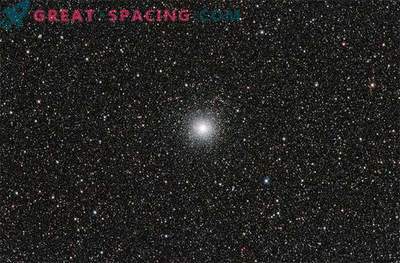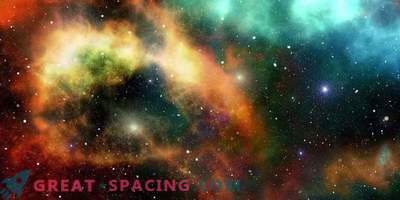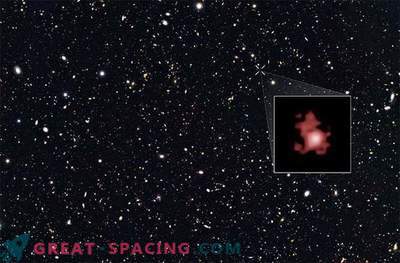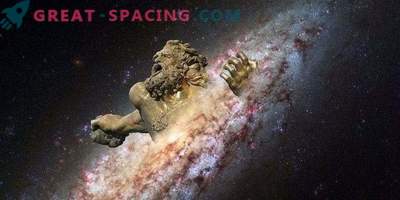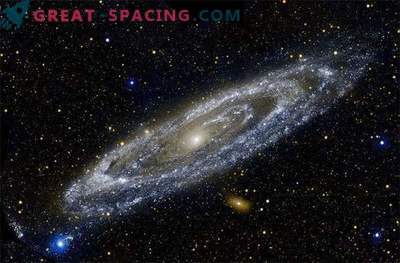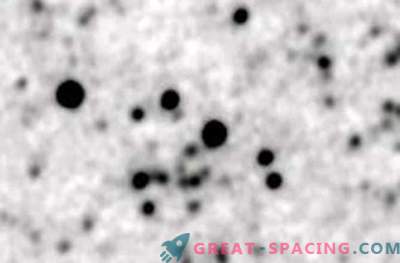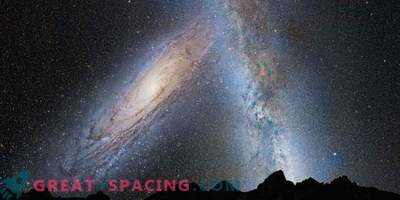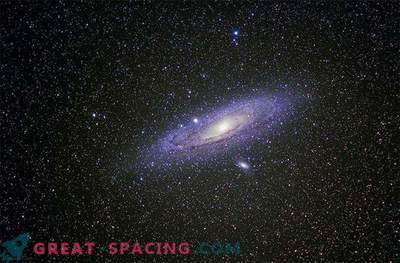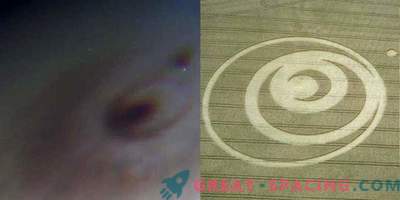
The tiny red dwarf stars of the Milky Way were mapped for the first time, and as a result it turned out that 7 percent of them are located in the remote reaches of the galaxy.
This information came from the observations of the Hubble Space Telescope, which accidentally discovered 274 dwarfs, observing distant galaxies, and using the density model to estimate their number in the galaxy. Using this data, astronomers suggest the existence of 58 billion red dwarfs in our galaxy, which will take cartographers for many years.
“Astronomers believe that there are so many such stars. This makes them really suitable for creating a map of the galaxy, despite the fact that they are hard to find, ”said the official report, the student of the Leiden Observatory, Isabel Van Weder, one of the researchers. The document was co-authored by Dave Van der Vlugt, also a student.
Students watched the red dwarfs of the M-class, which are located in the same place where new planetary seekers often found planets. The stars are too small to burn hydrogen and dimmer compared to our Sun, which makes it easier to detect faint planets. This study is also important for future map-making missions, in particular for the new Euclidean Space Telescope, which the European Space Agency plans to launch in 2020. Euclid will display the entire sky in infrared light, in which dwarfs are easier to detect.
“With the help of our research, astronomers can now better understand whether they are dealing with a distant galaxy or a star in our galaxy,” said Van Vleder.
Students used three models to determine disk density and Milky Way halo (together and separately). Using the Monte Carlo static modeling method, students determined which model to determine density is best for. It turned out that the one that includes the disk and the halo of our galaxy is better.
The study was published in the Monthly Notes of the Astronomical Society, and also includes the complicity of Leiden astronomers Benne Holverd, Matthew Kenworthy and Richard Bowens.
